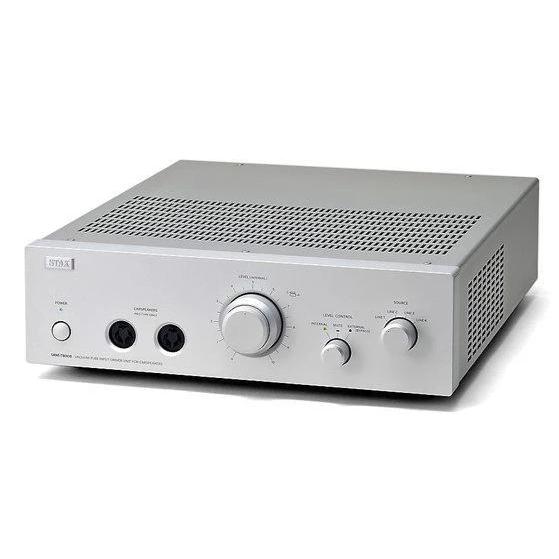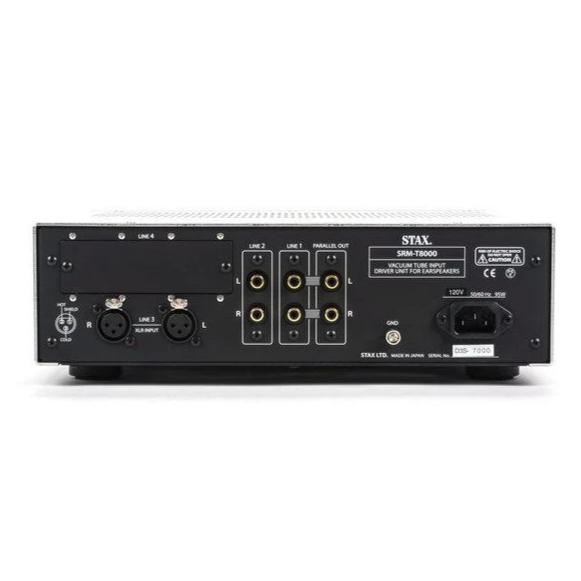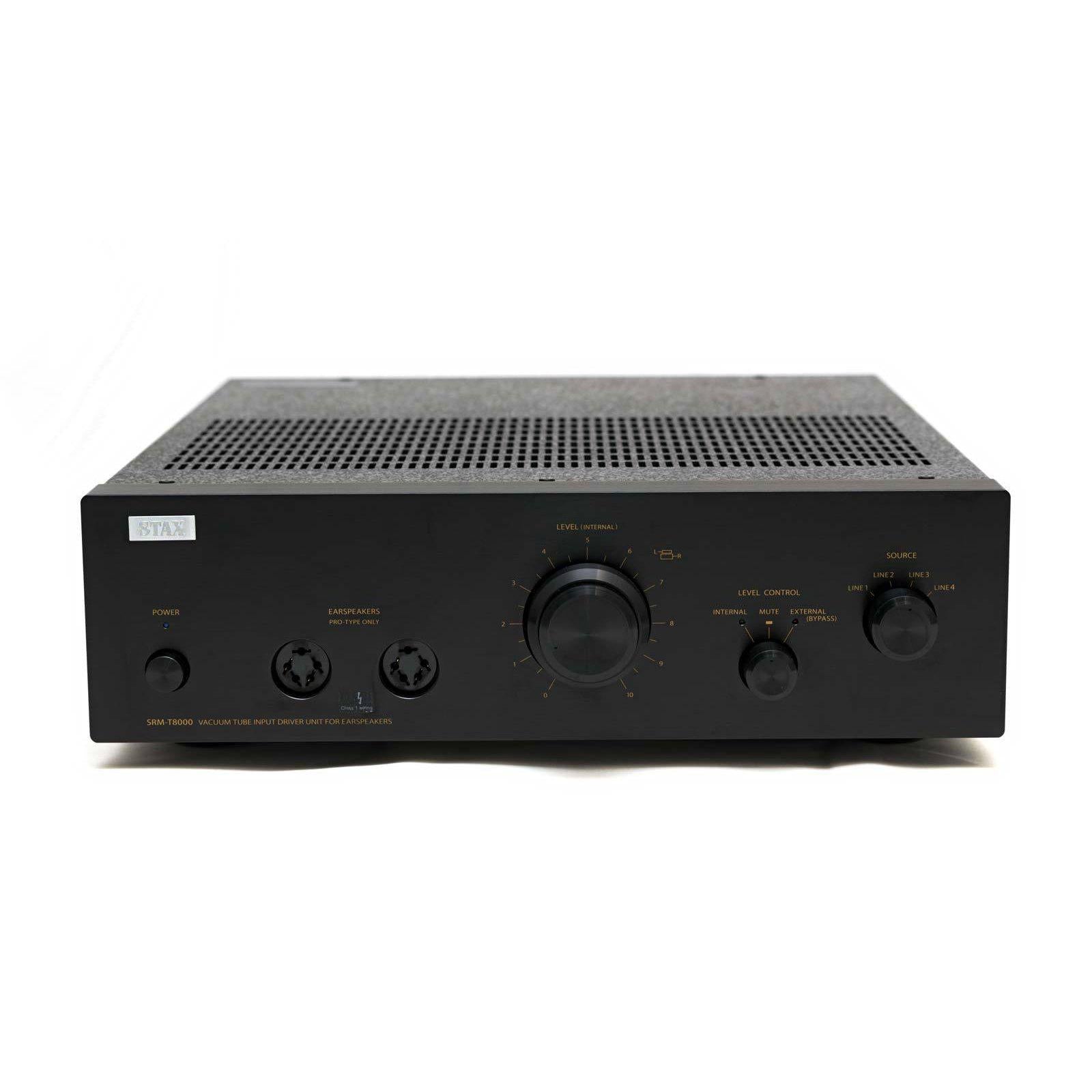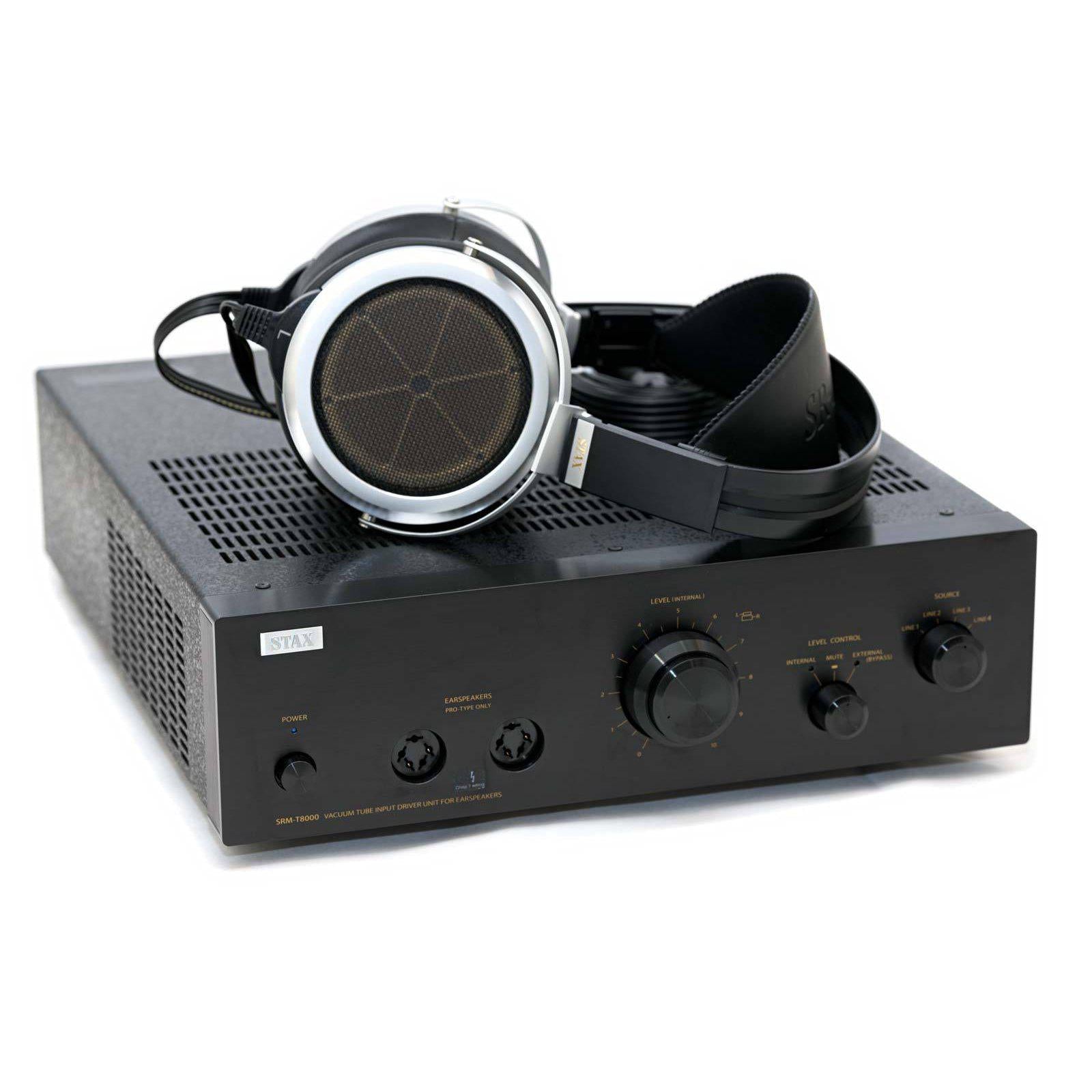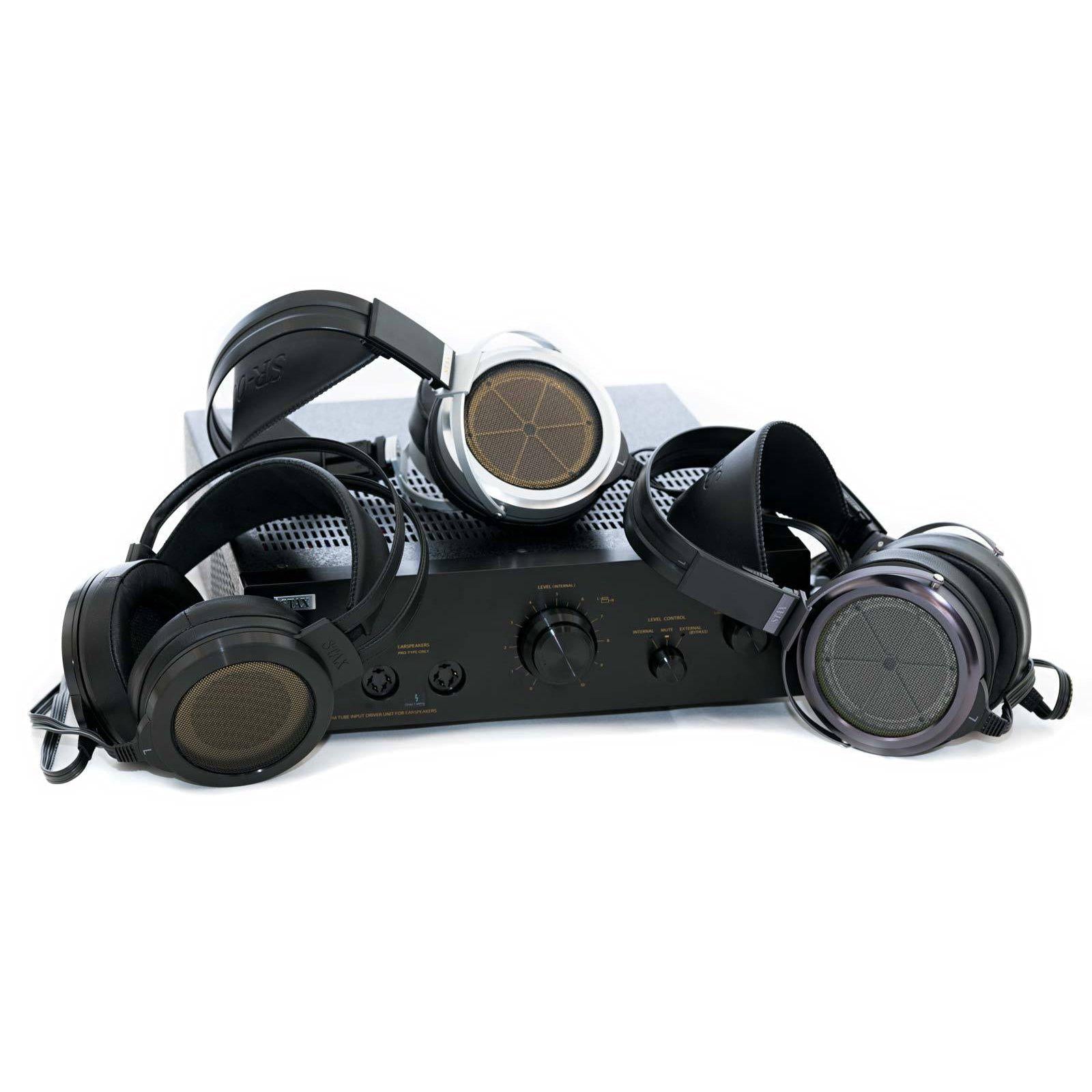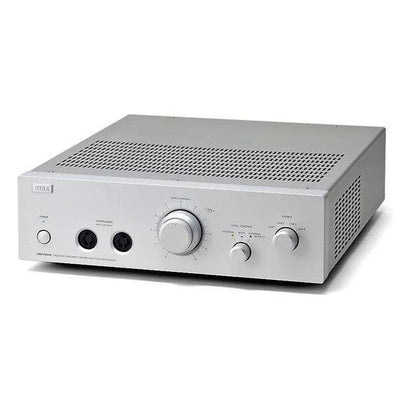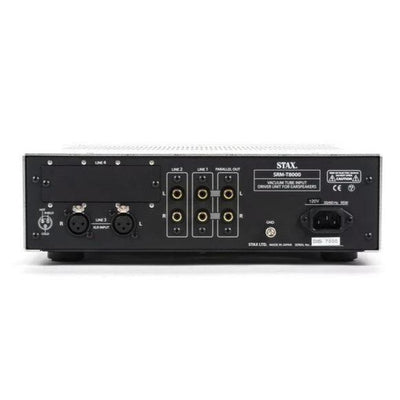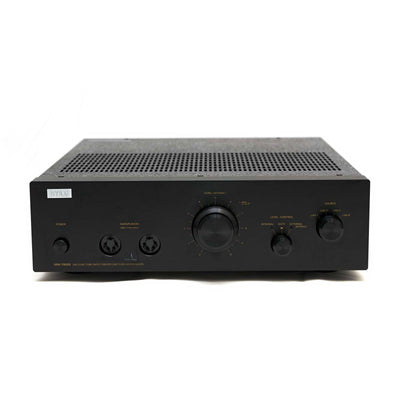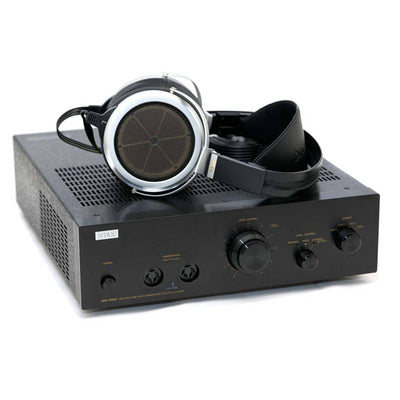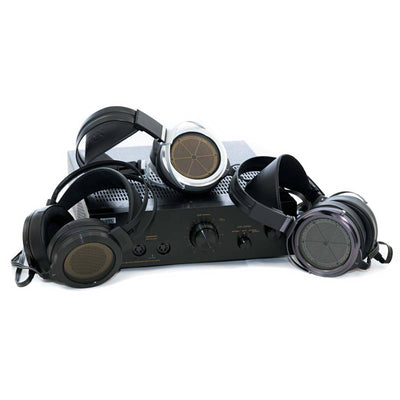Your Cart is Empty
• Free 1 or 2 Day shipping for most US orders >$299
- Shop All Collections
- HeadAmp’s Amplifiers
-
Shop by Brand
- HeadAmp
- Abyss Headphones
- Astell&Kern
- Audeze
- Auris Audio
- AVID HiFi
- Campfire Audio
- Chord Electronics
- Dan Clark Audio
- EarMen
- Empire Ears
- ES Lab
- Feliks Audio
- Focal
- HeadAmp
- HIFIMAN
- iBasso
- iFi Audio
- Jerry Harvey Audio
- Kimber Kable
- Meze Audio
- Mytek Digital
- NAIM Audio
- Noble Audio
- RAAL-requisite
- Sennheiser
- Spirit Torino
- STAX
- Thorens
- Headphones
- Amplifiers
- Digital
- Cables
- New Releases
- Blog
- About Us
- Contact Us
- Store Policies
- Login
• Free 1 or 2 Day shipping for most US orders >$299












